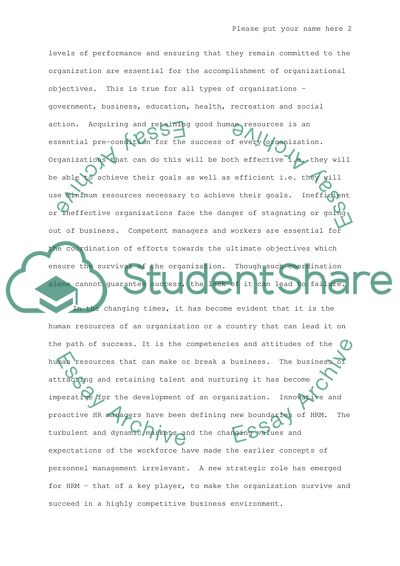Cite this document
(“HRM effectiveness Essay Example | Topics and Well Written Essays - 5000 words”, n.d.)
HRM effectiveness Essay Example | Topics and Well Written Essays - 5000 words. Retrieved from https://studentshare.org/miscellaneous/1512102-hrm-effectiveness
HRM effectiveness Essay Example | Topics and Well Written Essays - 5000 words. Retrieved from https://studentshare.org/miscellaneous/1512102-hrm-effectiveness
(HRM Effectiveness Essay Example | Topics and Well Written Essays - 5000 Words)
HRM Effectiveness Essay Example | Topics and Well Written Essays - 5000 Words. https://studentshare.org/miscellaneous/1512102-hrm-effectiveness.
HRM Effectiveness Essay Example | Topics and Well Written Essays - 5000 Words. https://studentshare.org/miscellaneous/1512102-hrm-effectiveness.
“HRM Effectiveness Essay Example | Topics and Well Written Essays - 5000 Words”, n.d. https://studentshare.org/miscellaneous/1512102-hrm-effectiveness.


